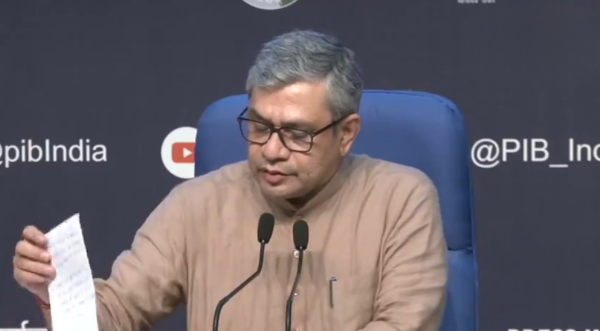Union Minister Ashwini Vaishnaw has reaffirmed the government’s commitment to the constitutional framework regarding reservations for Scheduled Castes (SC) and Scheduled Tribes (ST), following a Supreme Court judgment that has sparked considerable debate. In a recent Cabinet meeting, Vaishnaw emphasized that the principles set forth by Dr. B.R. Ambedkar remain central to the administration’s approach.
“Today, the Cabinet engaged in a thorough discussion on the Supreme Court’s judgment concerning SC and ST reservations and the associated recommendations,” Vaishnaw stated. “Our government remains steadfast in adhering to the Constitution established by Dr. B.R. Ambedkar.”
Vaishnaw clarified that the Constitution, as drafted by Dr. Ambedkar, does not provide for a ‘creamy layer’ within the SC and ST reservation framework. “According to Dr. Ambedkar’s Constitution, there is no provision for a creamy layer within SC and ST reservations,” he said.
The Supreme Court’s recent ruling has reignited discussions about whether to apply the creamy layer concept—typically used to exclude economically better-off individuals from reservation benefits—to SC and ST reservations. Vaishnaw’s comments aim to address these concerns by upholding the current framework that does not differentiate based on economic status within these reserved categories.
The Union Minister’s statements underscore the government’s dedication to maintaining the original intent behind the reservation policies. By reinforcing the constitutional stance, Vaishnaw seeks to ensure that the benefits of reservation continue to support the most disadvantaged members of SC and ST communities without economic exclusions.
This reaffirmation of constitutional principles highlights the government’s approach to navigating contemporary issues within the reservation system while remaining aligned with the foundational values established by Dr. Ambedkar. As the debate continues, the focus remains on preserving the integrity of reservation policies and addressing the needs of the intended beneficiaries.



